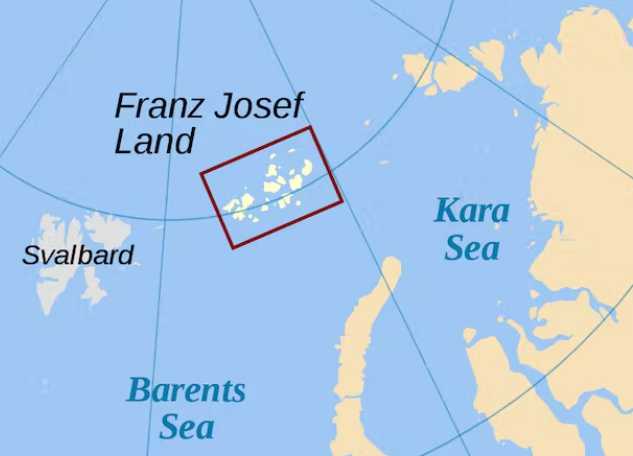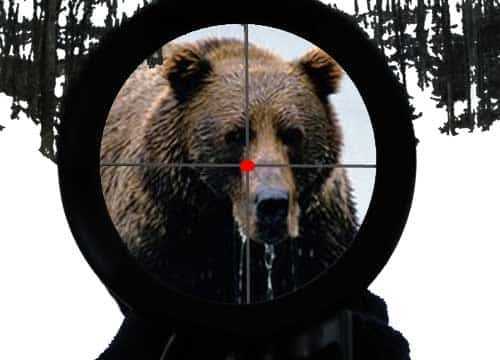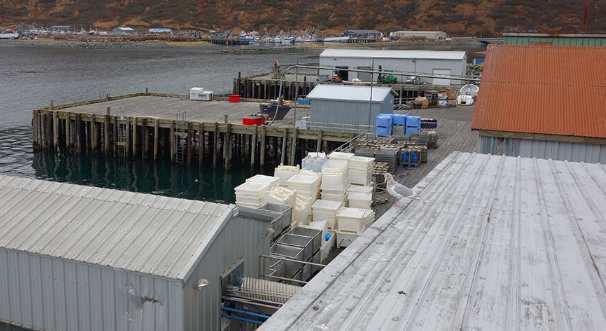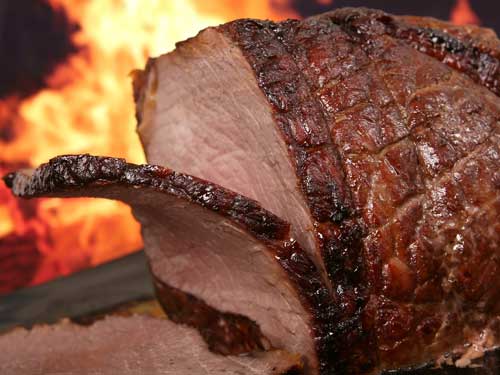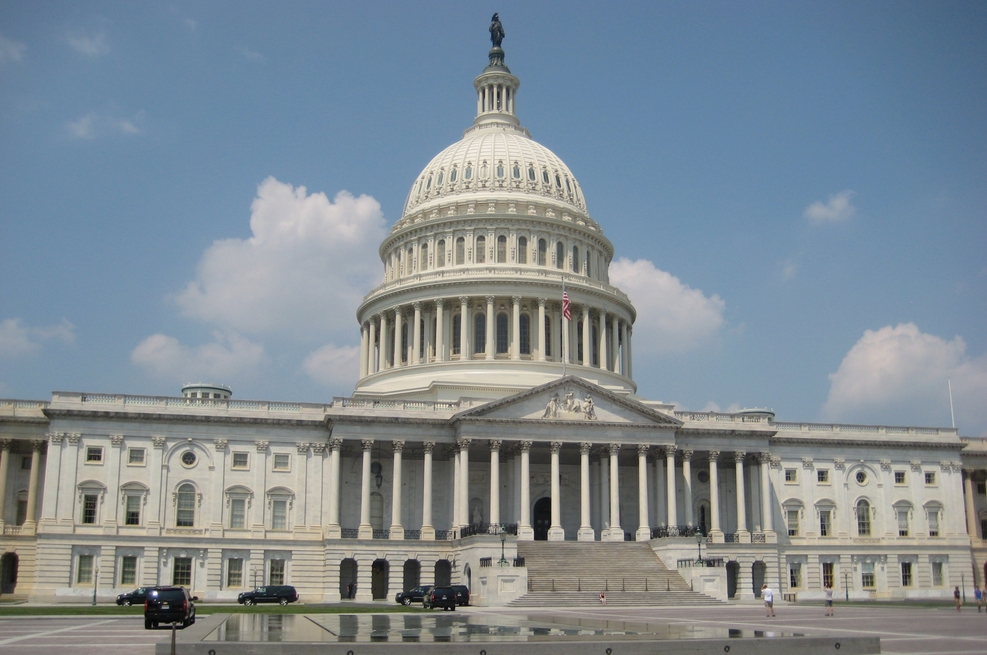
Department of Fish and Game staff conducted the second year of a two-year predator control program May 13-24 in Unit 19A designed to increase the number and harvest of moose in the unit. The program was approved by the Board of Game at the request of local hunters concerned about low moose numbers.
ADF&G Staff members removed a total of 64 bears (54 black bears and 10 grizzlies) in the “Bear Control Focus Area,” 534 square miles of state and private lands within Game Management Unit 19A. Unit 19A encompasses nearly 10,000 square miles upriver from Aniak in western interior Alaska. The Bear Control Focus Area is located along and south of the Kuskokwim River in what formerly was the best moose hunting area in the Unit.
A total of 89 bears (84 black and 5 grizzly) were removed in the program in 2013. No sows with cubs were taken last year, but two black bear sows with cubs of the year were taken this spring.
Data collected this spring show excellent calf survival this past year, and more information will be available after moose composition surveys scheduled for November are completed.
“It’s too early for conclusions, but things look very good so far,” said Regional Management Coordinator Roy Nowlin.
Research in McGrath indicated that bear numbers should recover to pre-control levels within 5-7 years.
Residents of ten western Interior villages in Unit 19A received nearly three tons of bear meat as the result of the bear control program valued at approximately $60,000. More than four tons of meat was shared in the villages last year.
Department staff shot bears from a helicopter and brought them to Sleetmute, where the carcasses were skinned and meat was cut and placed in game bags. Department staff distributed the meat to the villages of Aniak, Chuathbaluk, Crooked Creek, Lime Village, Kalskag, Lower Kalskag, McGrath, Red Devil, Sleetmute, and Stony River.
“Again this year, local people really appreciated the meat,” said Nowlin. Hides of the smaller bears were also distributed to village residents. The larger hides will be sold at the annual auction of bears taken in defense of life or property.
The predator control program was designed with input from local residents and Fish and Game Advisory Committee members who support the effort. The moose population in Unit 19A is far below what the habitat can support, and data indicate that predation is preventing moose numbers from increasing and meeting the population and harvest objectives established by the Board of Game. People have not been able to harvest moose in much of the unit for several years and hunting opportunity is extremely limited. Much of Unit 19A has been closed to moose hunting since 2006.
A wolf control program has been in effect in the Unit since 2004, but reducing only wolf numbers has not had a measurable effect on moose numbers. Research conducted in nearby Unit 19D near McGrath indicated that control of both wolves and bears is necessary to achieve a more timely increase in the number of moose.
Because the Focus Area is a relatively small part of the unit, removing black bears and grizzly bears from within it will have only a minor effect on the black and grizzly bear populations in all of Unit 19A, and will not negatively impact the sustainability of either black or grizzly bear populations.
The Department considered many other management options besides predator control. Hunting and trapping seasons for bears and wolves were liberalized, but harvests didn’t increase enough to reduce predator populations. Public control of bears using public permits to snare bears was considered, but public snaring programs elsewhere in the state have not been successful. Live-capture and moving bears was also considered, but cost and a lack of publicly acceptable release sites are prohibitive.


